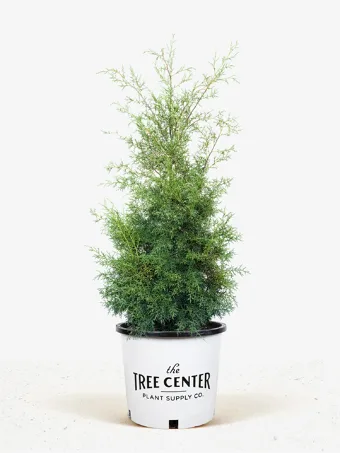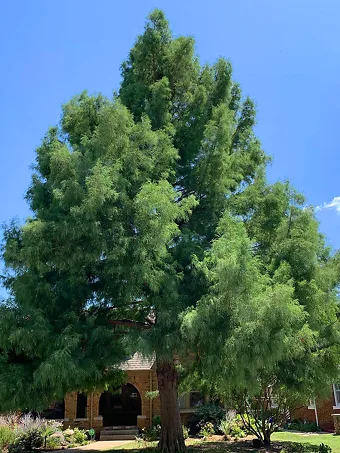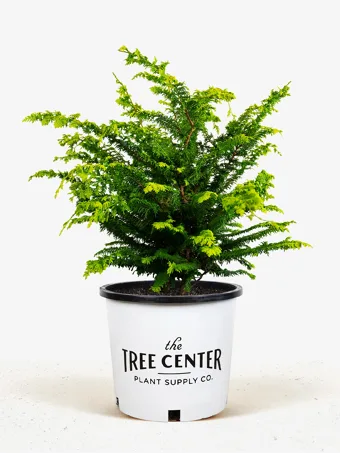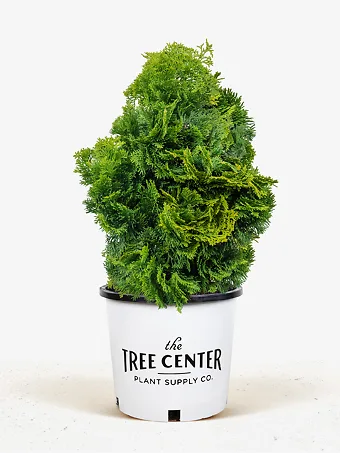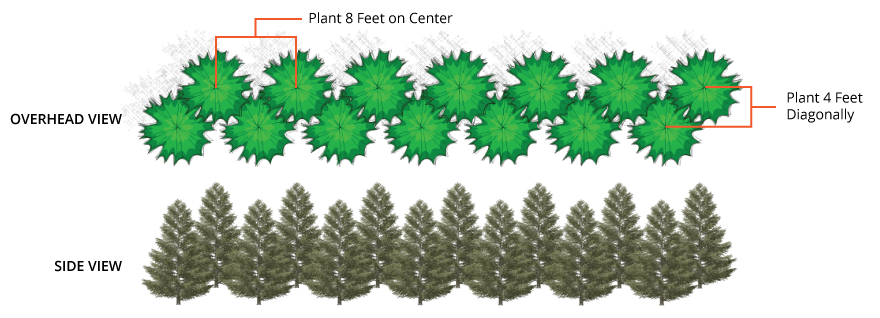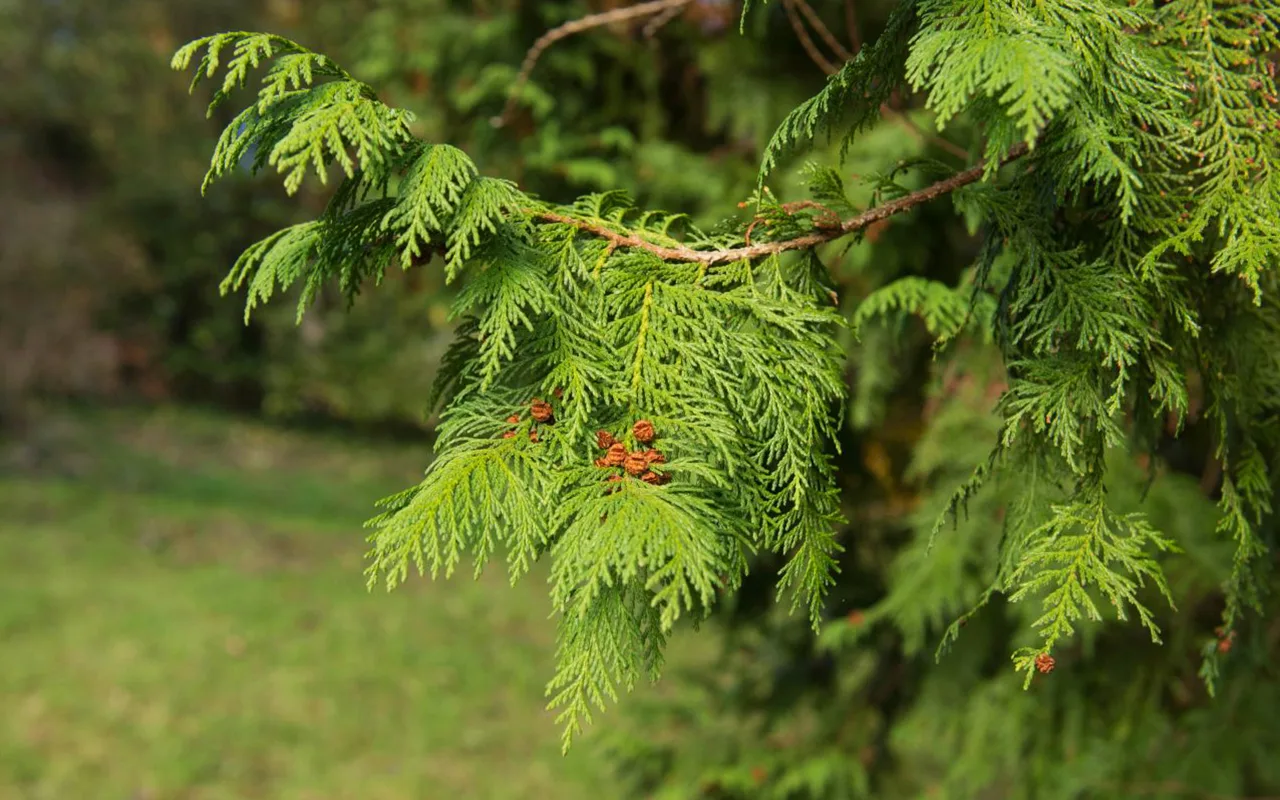
Written by thetreecenters • September 08 Planting Leyland Cypress Trees
Leyland cypress, or leylandii, are extremely useful trees. They’re fast growing, and can be used to quickly create an effective hedge or screen. They’re also easy to look after, needing little or no fertilizer and only requiring water during prolonged droughts. Usually the only real work needed is regular pruning if you want to manage the tree’s size and shape. Of course, having a problem-free leylandii does depend on getting everything right when you plant it.
It isn’t too hard to find the right conditions for a Leyland cypress. They’re tough enough to thrive anywhere in USDA hardiness zones 6 to 10, and while they prefer full sunlight they can tolerate some shade too – and mature trees are usually tall enough that not much will throw a shade on them anyway. As long as the soil is well drained they can handle a wide range there, too. Organically rich, moist soil is best, but leylandii won’t be put off if it’s not up to that ideal. Just don’t leave them with their roots in water and they’ll generally be fine.
Spacing Your Trees
A more important factor is planting in the right place. If you want a specimen tree, make sure it has plenty of room to grow; they can be quite wide at the base, so you’ll want to leave plenty of clearance from your home or other trees. For hedges or screens it can be more complicated. You can’t plant a row of trees too close together or they’ll crowd each other, and the weaker ones can get smothered. On the other hand you don’t want big gaps when the trees are young. Instead, if you have the space, consider planting a staggered row. That will minimize gaps while giving the trees plenty of room. The best rule of thumb for spacing is to decide the height you want, then divide by four. For example if you want a 30-foot-high screen, plant your cypresses about seven feet apart.
When to Plant
You should plant Leyland cypress when the tree is dormant. Get a good quality tree from The Tree Center, ideally in mid-fall. Around six weeks before the first frost is the perfect time to plant, but it’s not critical; you can get your tree started any time the ground isn’t frozen, although planting when it isn’t dormant can stress the tree slightly. Dig a hole as deep as the root ball and about three times as wide. Loosen the sides with a fork, but not enough that they collapse; then set the tree in the center of the hole and gently spread the roots out. Take care not to bend them sharply, because they can be fragile.
Once the roots are spread, backfill the hole. The root collar should be about two inches above the surface. While the soil is still loose water the tree, then tamp down lightly. Finally apply a three-inch layer of organic mulch, leaving a six-inch clear space around the trunk. Finally place a stake close to the trunk and attach the tree to it with a rubber strap.
Initial Care
During the first growing season water the tree deeply once a week, and keep the area round it clear of weeds. Once it’s been in the ground a few months its root system will soon be large enough to keep it supplied with water and nutrients, and you’ll be well on the way to success with one of the largest and most impressive evergreens around.
